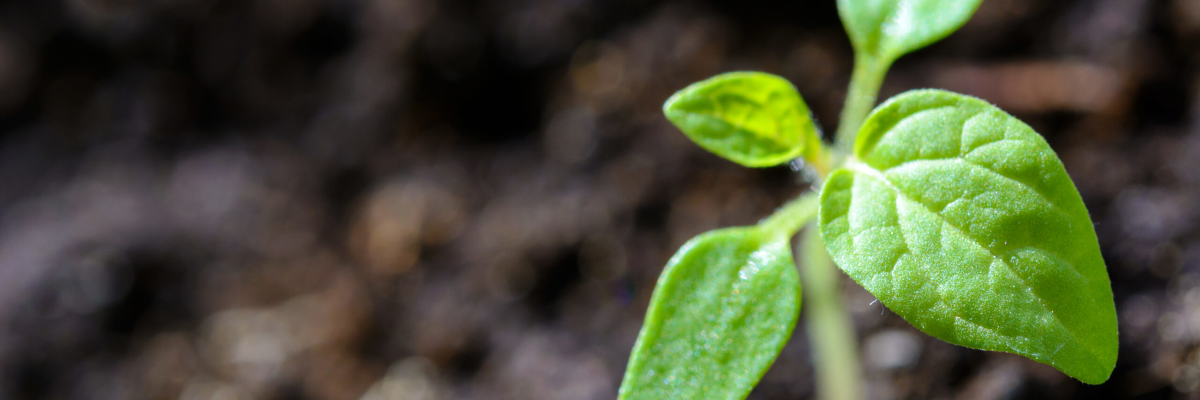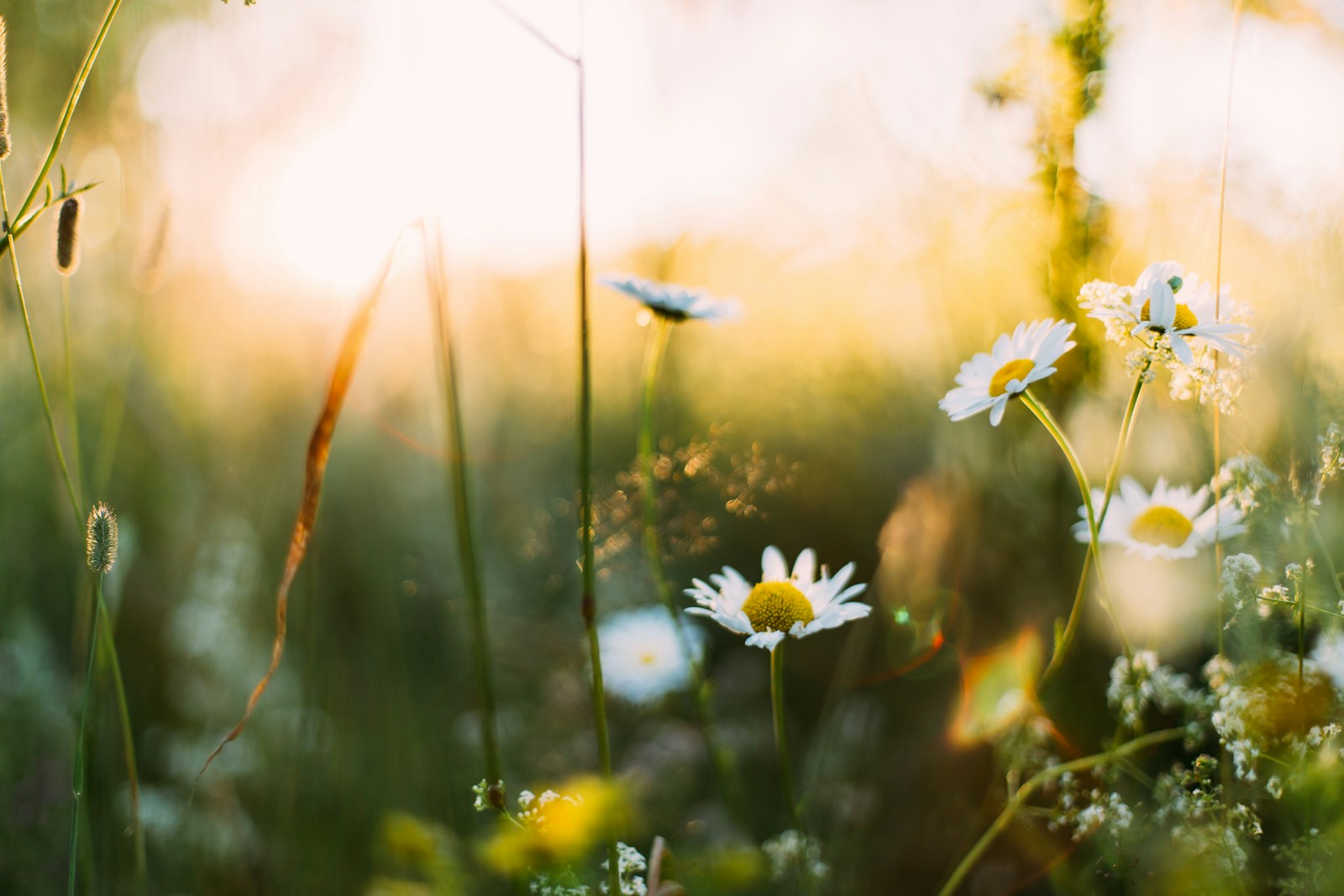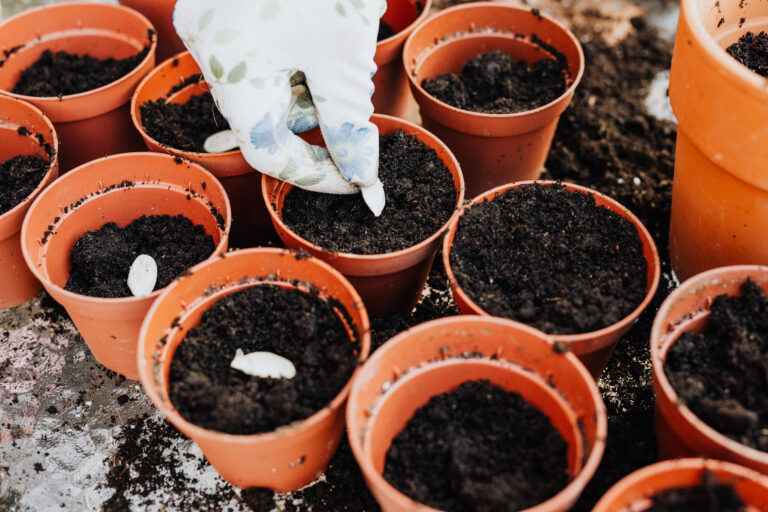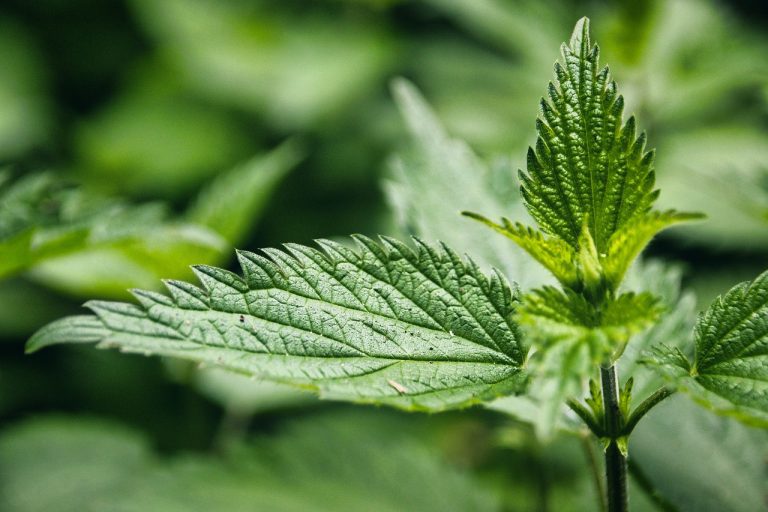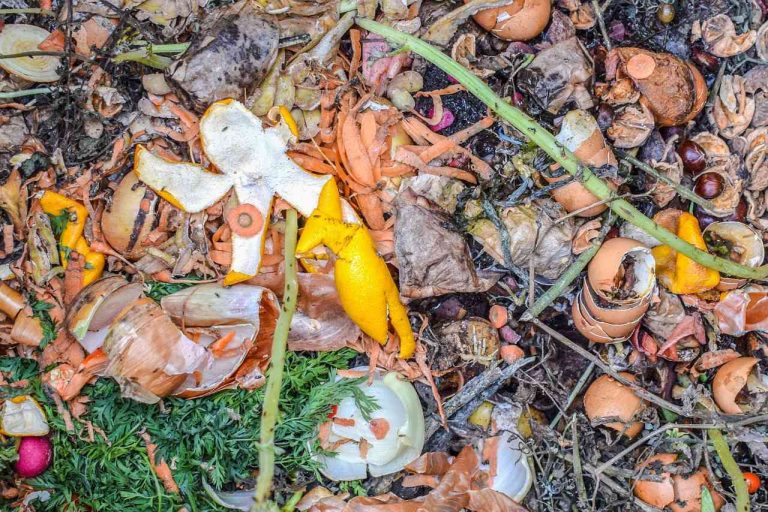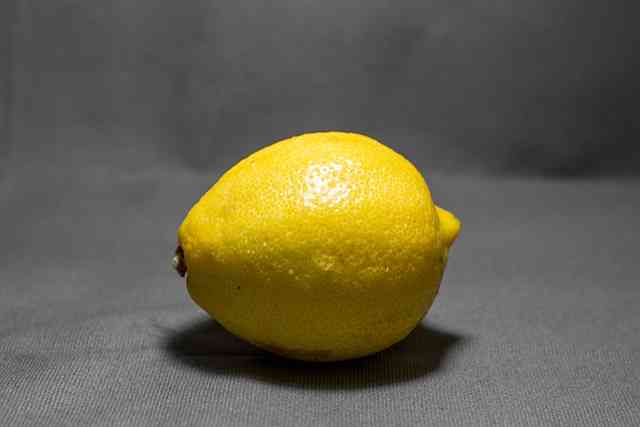Spring Planting Guide: Preparing Your Garden for the Growing Season
There’s something magical about that first warm breeze of spring. For me, it’s the sign that it’s time to pull on my gardening gloves and start preparing for a fresh growing season. After months of dreary weather and bare trees, I find nothing more satisfying than turning over the soil, mapping out what I want to grow, and imagining the vibrant greens and pops of color that will fill my backyard in just a few short weeks.
But over the years, I’ve learned that a successful spring garden doesn’t start with seeds in the dirt. It starts with a little planning, prep work, and a good understanding of what my garden needs to thrive. So if you’re feeling the itch to get growing, here’s exactly how I prepare my garden for spring—and hopefully, it’ll help you kick off your own season on the right foot.
1. Take Stock of What’s Left Behind
Before I plant a single thing, I do a full walk-through of my garden. I check for any winter damage—broken branches, dead plants that didn’t make it, or mulch that’s blown out of place. Cleaning up debris like old leaves and twigs not only makes the space look tidy, but it helps prevent pests and diseases from sticking around.
I also like to assess my tools this time of year. Are my pruners still sharp? Do I need to replace any gloves? Nothing’s worse than being mid-project and realizing you’re working with dull blades or torn-up gear.
2. Test and Refresh the Soil
I used to just throw compost on top and call it a day, but after a few disappointing seasons, I realized my soil needed more attention. Now, I test it every spring to check the pH levels and nutrients. Test kits are super easy to find at garden centers or online, and they make a world of difference.
Once I know what my soil needs, I’ll mix in compost, aged manure, or whatever amendments it’s lacking. Good soil is the foundation of any healthy garden, so this step has become non-negotiable for me.
3. Make a Planting Plan
This is honestly one of my favorite parts. I grab a notebook (or, let’s be honest, open a new Google Doc), and I sketch out where I want everything to go. I think about what grew well last year, what struggled, and what I’m craving this season.
I also rotate crops as much as I can to avoid soil depletion and pest problems. For example, if I planted tomatoes in the back bed last year, I’ll move them to a different spot this time around.
And of course, I try not to go overboard—easier said than done when you’re standing in front of all those seed packets at the store!
4. Start Seeds (or Not)
Depending on what you want to grow and your local climate, spring is the perfect time to start seeds indoors. I have a little setup by my kitchen window with trays of tomatoes, peppers, and herbs getting a head start before they hit the garden.
But don’t feel like you have to start from seeds. I’ve had plenty of seasons where I bought healthy seedlings from a nursery and still ended up with a gorgeous harvest. It all depends on your schedule, space, and how much TLC you want to give early on.
5. Prep Your Beds and Plant
Once the danger of frost has passed (I always check my local frost dates religiously), it’s finally time to plant. I rake the beds smooth, create neat rows or clusters based on my plan, and get my hands dirty.
Planting day always feels like such a reward after weeks of prep. There’s nothing quite like that first deep breath of fresh, earthy air as you tuck each seed or seedling into its new home.
6. Mulch and Water
Right after planting, I add a layer of mulch to keep moisture in and weeds out. I’ve found straw works really well in my veggie garden, while wood chips are my go-to for flower beds.
And then, of course, there’s watering. I try to be consistent from day one—too many times I’ve let spring showers lull me into complacency, only to realize the soil is bone dry a week later.
7. Enjoy the Process
I used to get so focused on the end result—big blooms, baskets of tomatoes—that I forgot to enjoy the daily ritual of tending the garden. But now? I soak it all in. The early mornings checking for sprouts, the quiet afternoons pulling weeds, the satisfaction of cooking dinner with something I grew myself.
Spring planting marks the start of all of that. It’s the beginning of a season full of possibility, growth, and simple pleasures. And every year, as I watch my garden come back to life, I’m reminded why I love it so much.
So here’s to a fresh start, full hearts, and plenty of dirt under our nails. Happy planting!
